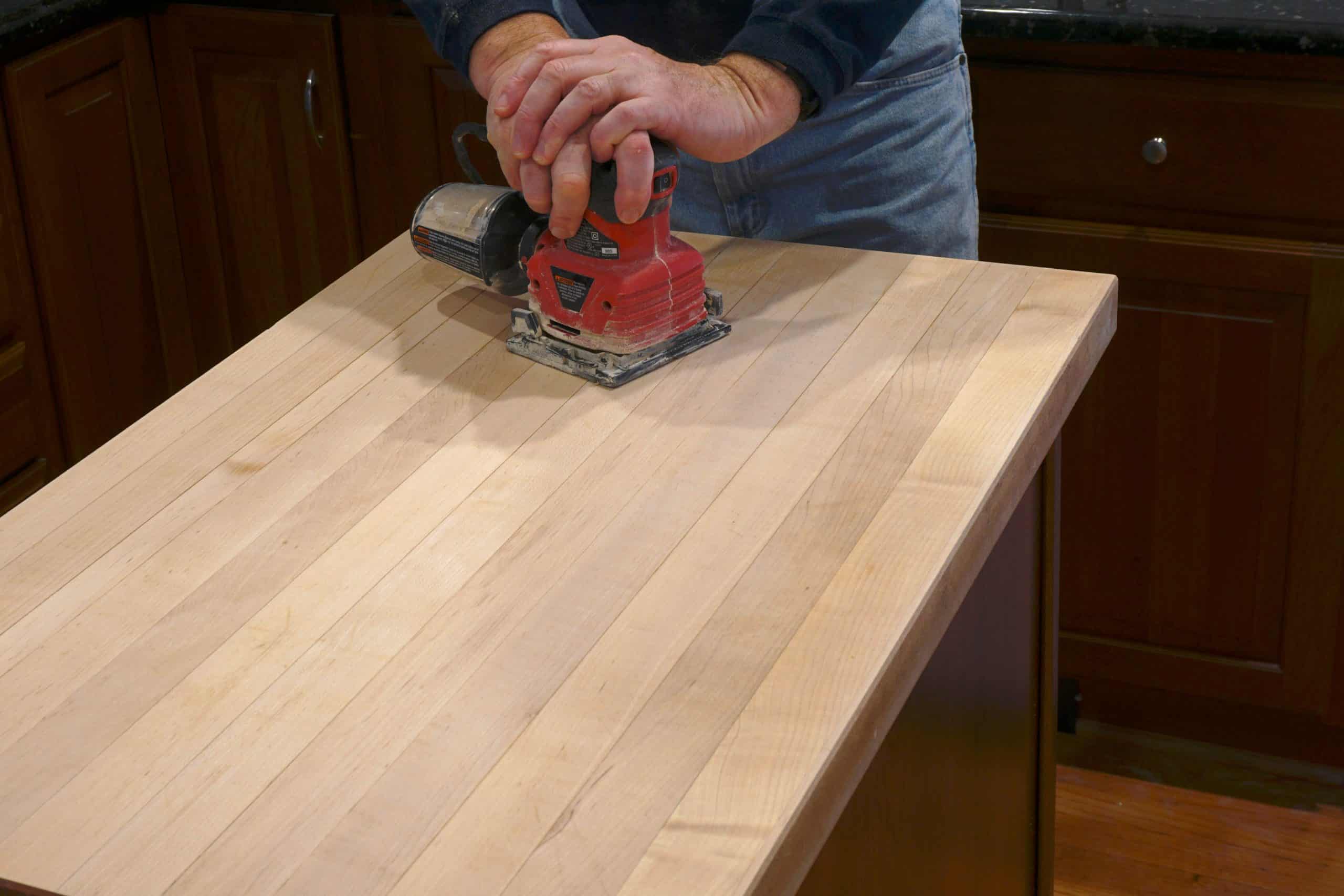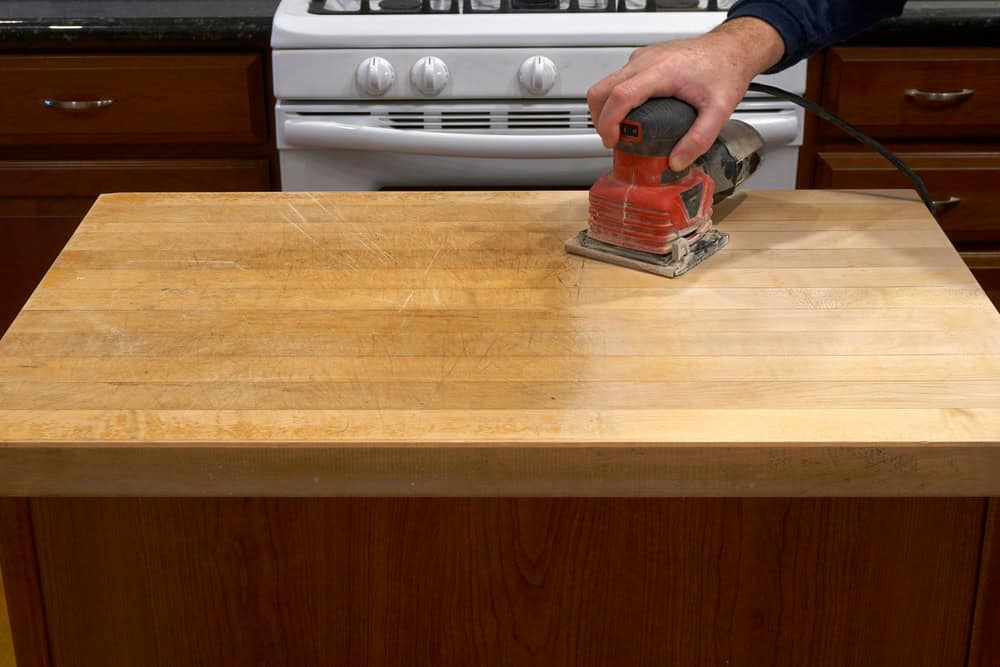Do you want to give your kitchen or bathroom a fresh look without going over budget? Countertop refinishing in Battery Park City, NY, is the answer. It’s a smart way to ditch the old, worn-out surfaces and welcome a stunning, renewed look. How would you like to say goodbye to those scratches, stains, and outdated colors?

Hear from Our Customers

Diamond Stone Restoration Corp is your local New York City specialist for countertop refinishing. We are familiar with the particular inquiries of homeowners in Battery Park City and the surrounding areas. We’re not just applying a new coat of paint; we’re restoring the beauty and function of your countertops. Our approach combines skilled craftsmanship with premium materials, making certain that the results are lasting in looks. To achieve this, we use specialized epoxy resins and acrylic urethanes known for their durability and resistance to wear and tear.


Ready to get started?
Countertop refinishing is a smart choice for Battery Park City homeowners looking to update their spaces without the hefty price tag of replacements. At Diamond Stone Restoration Corp, we’re not just refinishing countertops; we’re giving you a renewed sense of pride in your home. We use a multi-step process that includes surface preparation, repair, and the application of high-quality coatings, resulting in a beautiful and resilient finish. Ready to transform your kitchen or bathroom? Contact Diamond Stone Restoration Corp today for a free consultation.

Throughout the 19th century and early-20th century, the area adjoining today’s Battery Park City was known as Little Syria with Lebanese, Greeks, Armenians, and other ethnic groups. In 1929, the land was the proposed site of a $50 million (equivalent to $890 million in 2023) residential development that would have served workers in the Wall Street area. The Battery Tower project was left unfinished after workers digging the foundation ran into forty feet of old bulkheads, sunken docks, and ships.
By the late-1950s, the once-prosperous port area of downtown Manhattan was occupied by a number of dilapidated shipping piers, casualties of the rise of container shipping which drove sea traffic to Port Elizabeth, New Jersey. The initial proposal to reclaim this area through landfill was offered in the early-1960s by private firms and supported by the mayor, part of a long history of Lower Manhattan expansion. That plan became complicated when Governor Nelson Rockefeller announced his desire to redevelop a part of the area as a separate project. The various groups reached a compromise, and in 1966 the governor unveiled the proposal for what would become Battery Park City. The creation of architect Wallace K. Harrison, the proposal called for a ‘comprehensive community’ consisting of housing, social infrastructure and light industry.
In 1968, the New York State Legislature created the Battery Park City Authority (BPCA) to oversee development. Rockefeller named Charles J. Urstadt as the first chairman of the authority’s board that year. He then served as the chief executive officer from 1973 to 1978. Urstadt later served as the authority’s vice chair from 1996 to 2010. The New York State Urban Development Corporation and ten other public agencies were also involved in the development project. For the next several years, the BPCA made slow progress. In April 1969, it unveiled a master plan for the area, which was approved in October. In early-1972, the BPCA issued $200 million in bonds to fund construction efforts, with Harry B. Helmsley designated as the developer. That same year, the city approved plans to alter the number of apartments designated for lower, middle and upper income renters. Urstadt said the changes were needed to make the financing for the project viable. In addition to the change in the mix of units, the city approved adding nine acres, which extended the northern boundary from Reade Street to Duane Street.
Learn more about Battery Park City.Local Resources
Useful Links
Ready To Restore The Beauty Inside Your Stone?
Contact us today!
Diamond Stone Restorations Corp
Company
Support
Useful Links